Considering how far technology has come in recent years, the idea that we may all just be simulated beings in a simulated game may not be too far off. And microchips might soon become so powerful they can simulate something as complex as the cosmos.


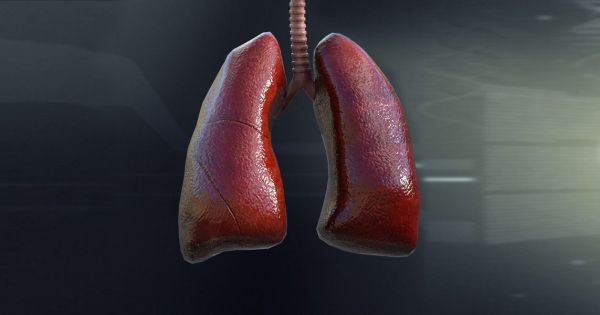
In Brief
3D printing is opening so many new doors in the medical field. The technology allows researchers and doctors to manipulate the finest design nuances of models as well as the properties of the materials used to build them. These 3D printed models of organs, bones, and other organic subjects are valuable tools for both students learning the basics and medical experts testing new treatments and conducting experimental research.
Now, Czech scientists from the Brno University of Technology have developed a 3D printed model of a functioning lung that can simulate real-life conditions like asthma and other chronic breathing problems. They believe that their 3D printed mechanical model and its computer-based counterpart can be used to devise new, more precise treatment methods. It would be particularly useful in creating a reference standard for inhaled drugs. “This model will show whether an inhaled drug will settle in the concrete areas where we need it to,” Miroslav Jicha, the head of the research team, told Reuters.

What do the Oral-B CrossAction toothbrush, about a thousand musical compositions and even a few recent food recipes all have in common?
They were invented by computers, but you won’t find a nonhuman credited with any of these creations on U.S. patents. One patent attorney would like to see that changed.
Ryan Abbott is petitioning to address what he sees as more than a quirk in current laws but a fundamental flaw in policy that could have wide-ranging implications in areas of patent jurisprudence, economics and beyond if his proposals are adopted.
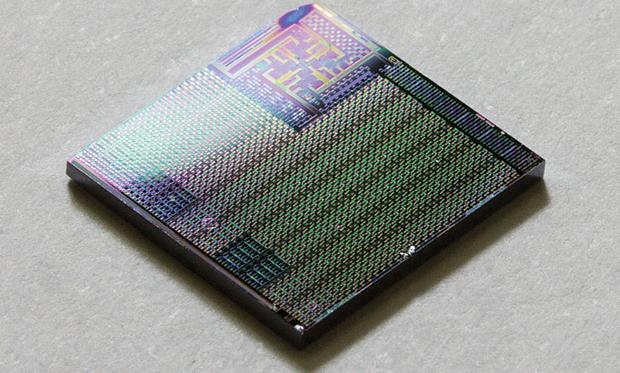
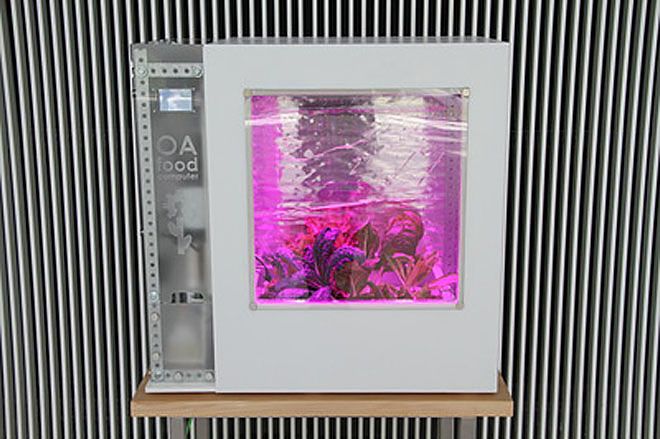
https://youtube.com/watch?v=LEx6K4P4GJc
Most of us probably don’t think too much about the foodstuffs we buy in the supermarket. But behind the scenes, today’s food production system relies on a centralized, industrial-scale supply chain that’s still dependent upon soil-based agriculture for the majority of our food crops.
In many instances, that means that food has to travel long distances from farm to table, meaning that food has lost much of its freshness and nutritional value by the time it reaches your table. There’s also a growing awareness that this model isn’t sustainable: the pressures of increasing urbanization and loss of arable land, rising populations and the increased frequency of extreme weather events like droughts and floods — brought on by climate change — means that slowly but surely, we are going to have to change the way we grow our food.
There are some indications of this shift: the appearance of urban rooftop farms, an explosion of interest in automated hydroponic systems. The problem with all these systems is that their platforms are proprietary, and the lack of a common platform between them means these won’t necessarily scale up.
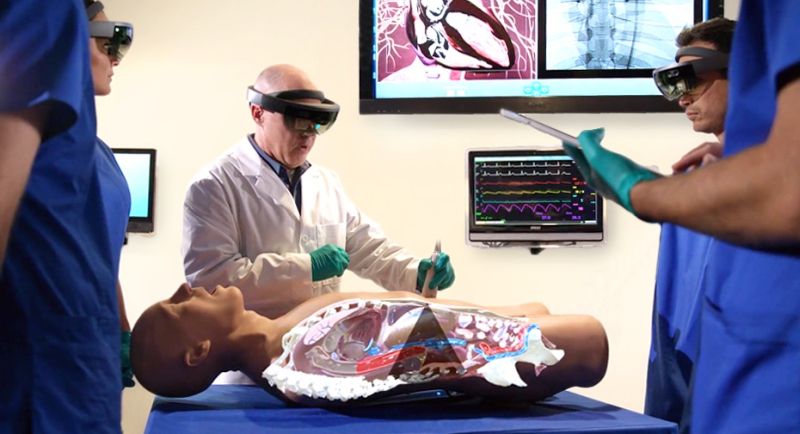
My doctor needs one of these.
CAE Healthcare announced the release of CAE VimedixAR, an ultrasound training simulator integrated with the Microsoft HoloLens, the world’s first self-contained holographic computer. The announcment marks CAE Healthcare as the first company to bring a commercial Microsoft HoloLens application to the medical simulation market.
VimedixAR delivers an unprecedented simulation-based training experience, allowing learners to interact and move freely within a clinical training environment that is augmented with holograms. For the first time, students will be able to examine 3D anatomy inside the body of the Vimedix manikin. As learners practice scanning an animated heart, lungs or abdomen, they will observe in real-time how the ultrasound beam cuts through anatomy to generate a ultrasound image.
Learners can elevate the VimedixAR hologram above the body to gain an understanding of human anatomy and how its circulatory, respiratory and skeletal structures are integrated. The hologram of the heart, for example, can be isolated and enlarged, rotated, and turned as it floats at eye level. If a learner is struggling to understand a concept, he or she will be able to walk around the hologram to gain a different perspective.
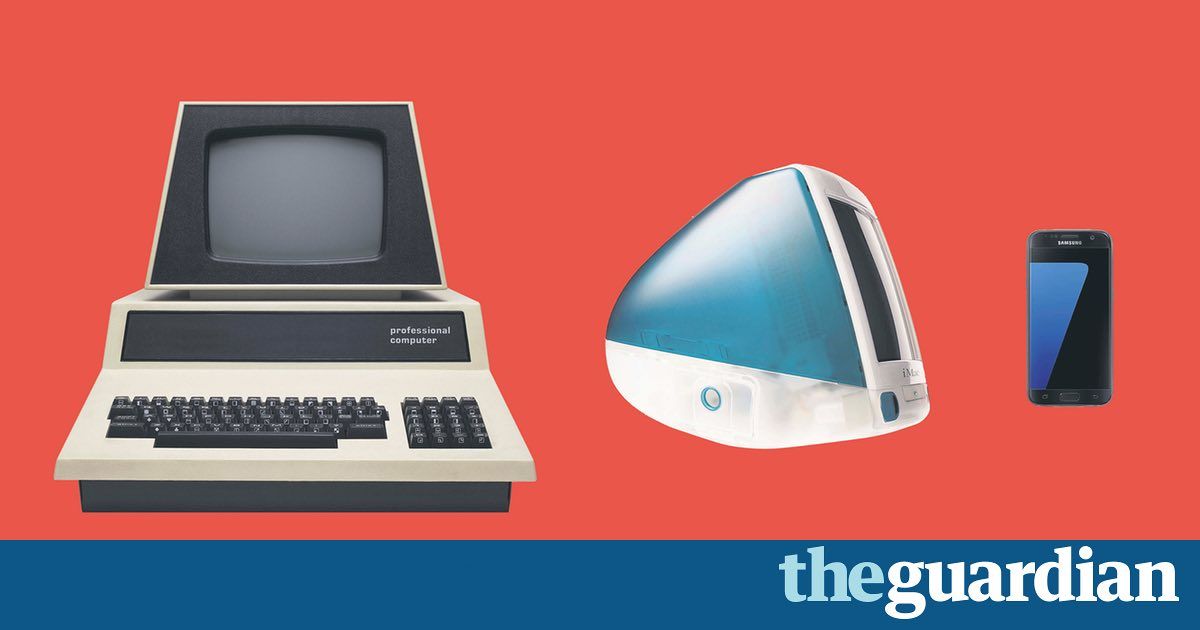
Yep; devices and computers will no longer be needed given the advancements that are coming in areas of Quantum, Synbio, nanotech, etc.
However, with QC crystal technology and the work done on parallel states we have some very interesting things coming in communications, entertainment/ media, etc.
The long read: For decades, computers have got smaller and more powerful, enabling huge scientific progress. But this can’t go on for ever. What happens when they stop shrinking?

More information on the time crystals to simulate time travel.
Two more teams of researchers have found ways to create time crystals, lattices that repeat not in space but in time, breaking time-translation symmetry.
Though applications are unclear, the research could help us better understand quantum properties and solve the problem of quantum memory associated with quantum computing. Time crystals repeat their atomic structure in time. At the very least, they are a contradiction.
But, as the researchers discovered, time crystals aren’t typical matter.

Scientists have long been perplexed by the mystery of how Earth got its water, with many suggesting it formed after icy comets collided with our planet billions of years ago.
But, a new study suggest it may have been born within Earth itself.
New computer simulations show how reactions between liquid hydrogen and quartz in the upper mantle could form water – and the researchers say this could trigger earthquakes deep below the surface.
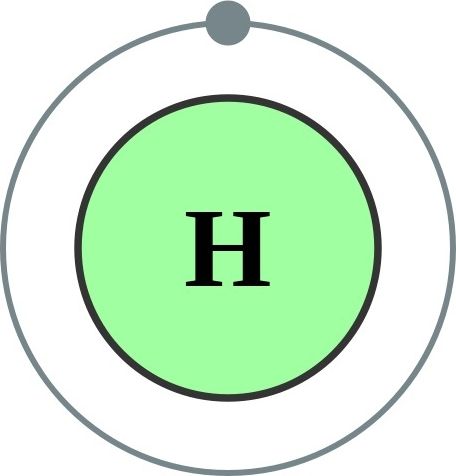
For over 80 years, scientists all round the world have dreamt of converting hydrogen, the first element of the periodic table, into a metal. And now, after hundreds of failed attempts in the history, scientists from U.S. have finally managed the feat by compressing hydrogen so profoundly that it has turned into a metal!
Back in 1935, physicists Hillard Bell Huntington and Eugene Wigner proposed a theory that hydrogen, which normally exists in a gaseous state, could transform into metallic state once exposed to extreme pressure. Since then many scientists have tried to practically prove the theory — albeit unsuccessfully. However, this discovery, which was published in the journal ‘Science’ on Thursday, is the first confirmation of the theory.
The metallic hydrogen is a potential superconductor, a material with extraordinary electricity conducting capabilities, a quality which makes it a very expensive metal. But it holds the ability of revolutionizing the world of ultra fast super computers, high speed levitation trains, or any other thing which involves conduction of electricity.